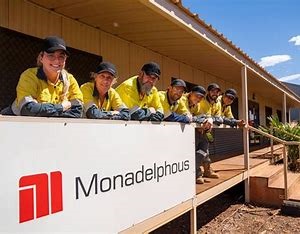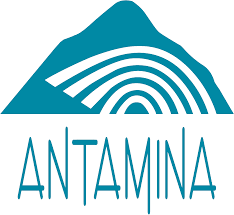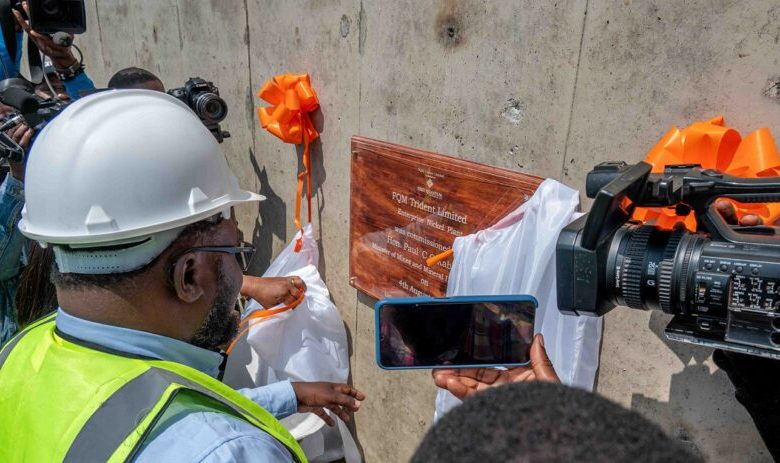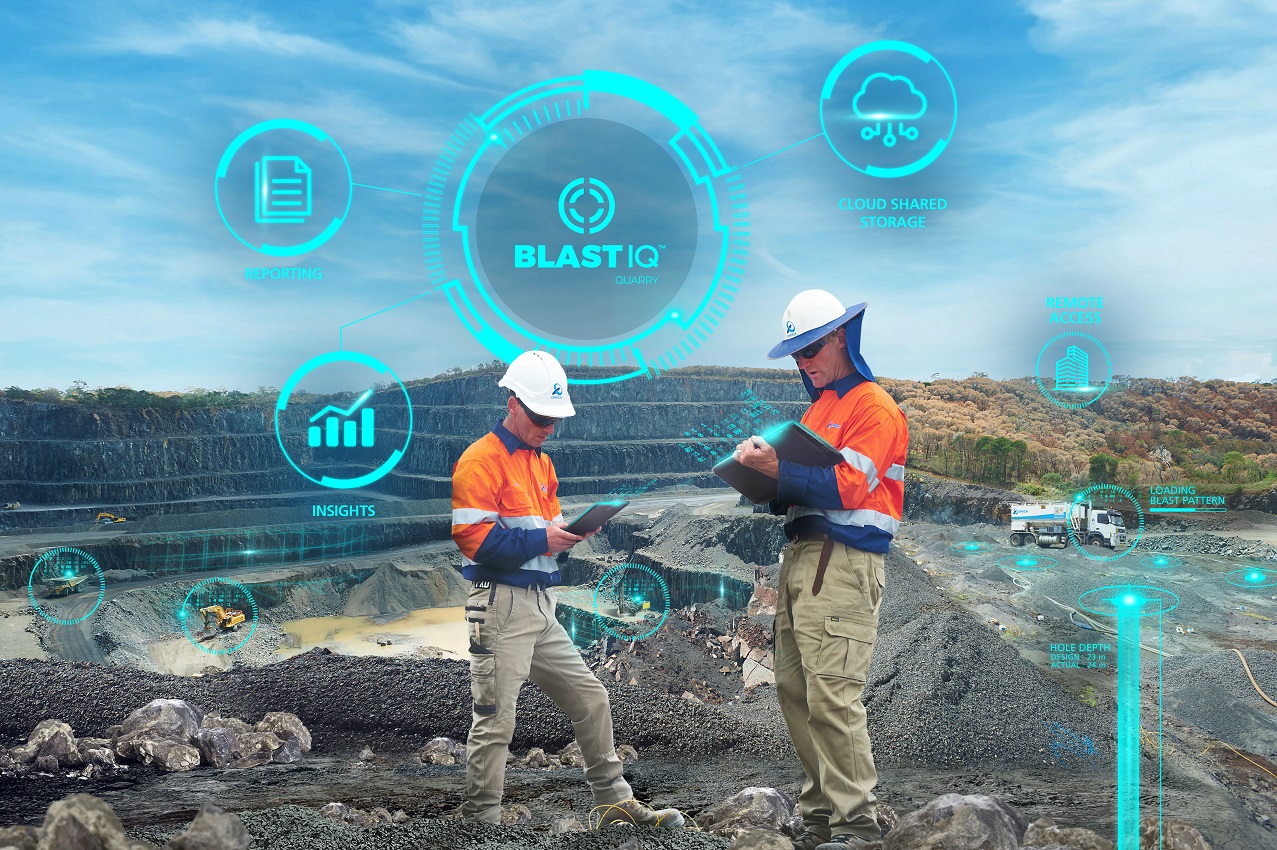
Tom Albanese has resigned as CEO of mining conglomerate Rio Tinto after the company announced a $14 billion “impairment” relating to its aluminium and coal mining businesses.
The write-down and consequent resignation are seen in the industry as the result of bad timing in respect of two crucial acquisitions, the first being the purchase of Canadian aluminium producer Alcan in 2007, and the other the more recent acquisition of the Riversdale coal mining operation in Mozambique in June last year.
The aluminium side contributed almost $11 billion to the write-down, with Rio Tinto Coal Mozambique and a number of smaller asset write-downs making up the balance.
The final figures will be included in Rio Tinto's full year results on 14 February 2013, which will not be much of a Valentine’s Day gift for its shareholders.
Albanese stepped down as chief executive by mutual agreement with the Rio Tinto board, and Sam Walsh, chief executive of Rio’s iron ore business, has been appointed as his successor with effect from today.
Doug Ritchie, who led the acquisition and integration of the Mozambique coal assets in his previous role as energy chief executive, has also stepped down by mutual agreement.
"The Rio Tinto board fully acknowledges that a write-down of this scale in relation to the relatively recent Mozambique acquisition is unacceptable,” said Rio Tinto chairman Jan du Plessis. “We are also deeply disappointed to have to take a further substantial write-down in our aluminium businesses, albeit in an industry that continues to experience significant adverse changes globally.”
Rio Tinto paid $38 billion to acquire Alcan, just before the onset of the global financial crisis. Aluminium was then trading at $2,804 a tonne. Its value sank to less than half of that during the financial crisis, and is now barely over $2,000.
The company remains buoyant on its overall condition, however. "Rio Tinto's underlying business and balance sheet remain in good health,” said du Plessis, “and we are taking decisive action to improve our competitive position further with an aggressive cost reduction plan. We had a strong production year in 2012, particularly in our low-cost iron ore business.”













